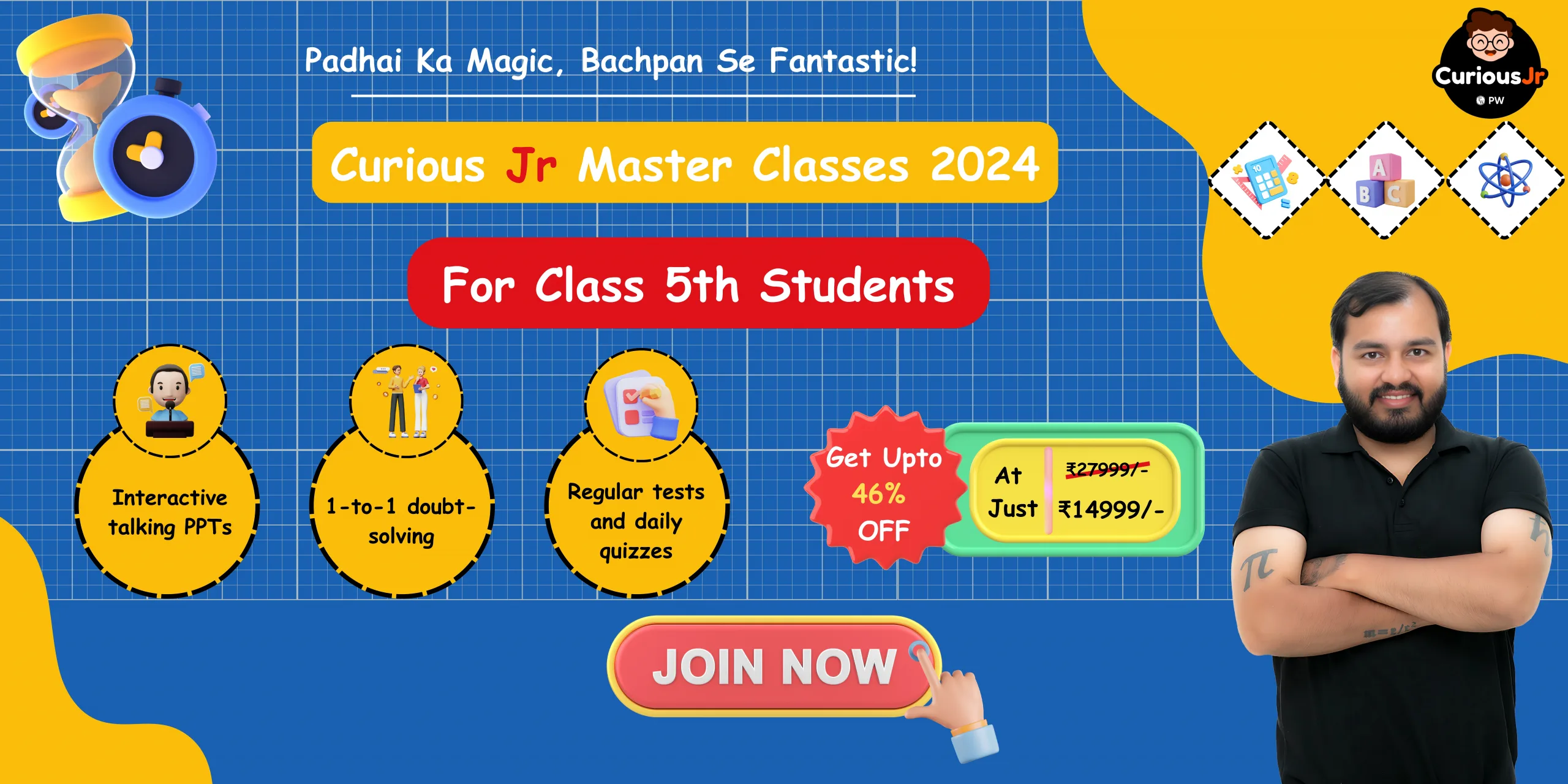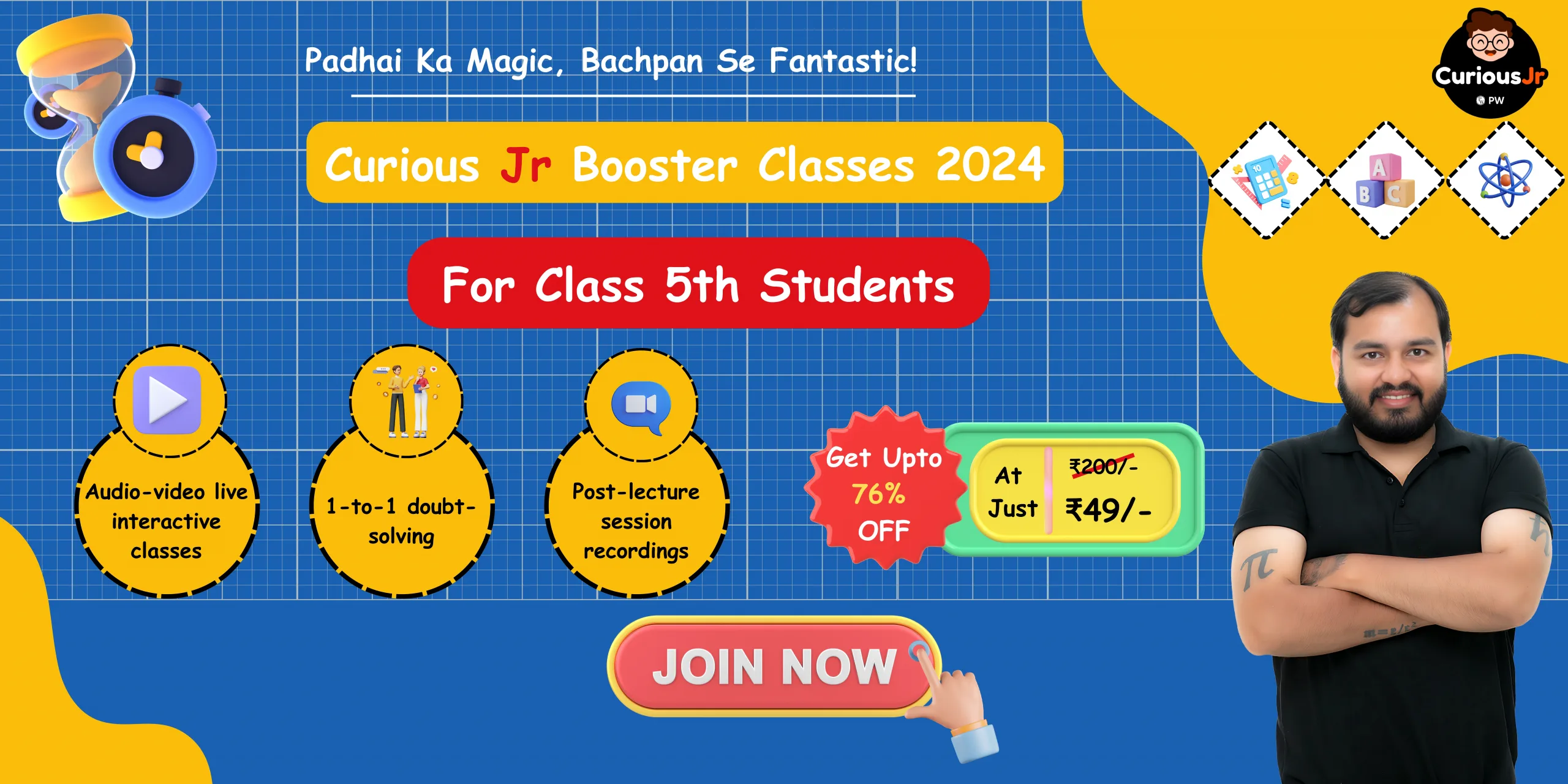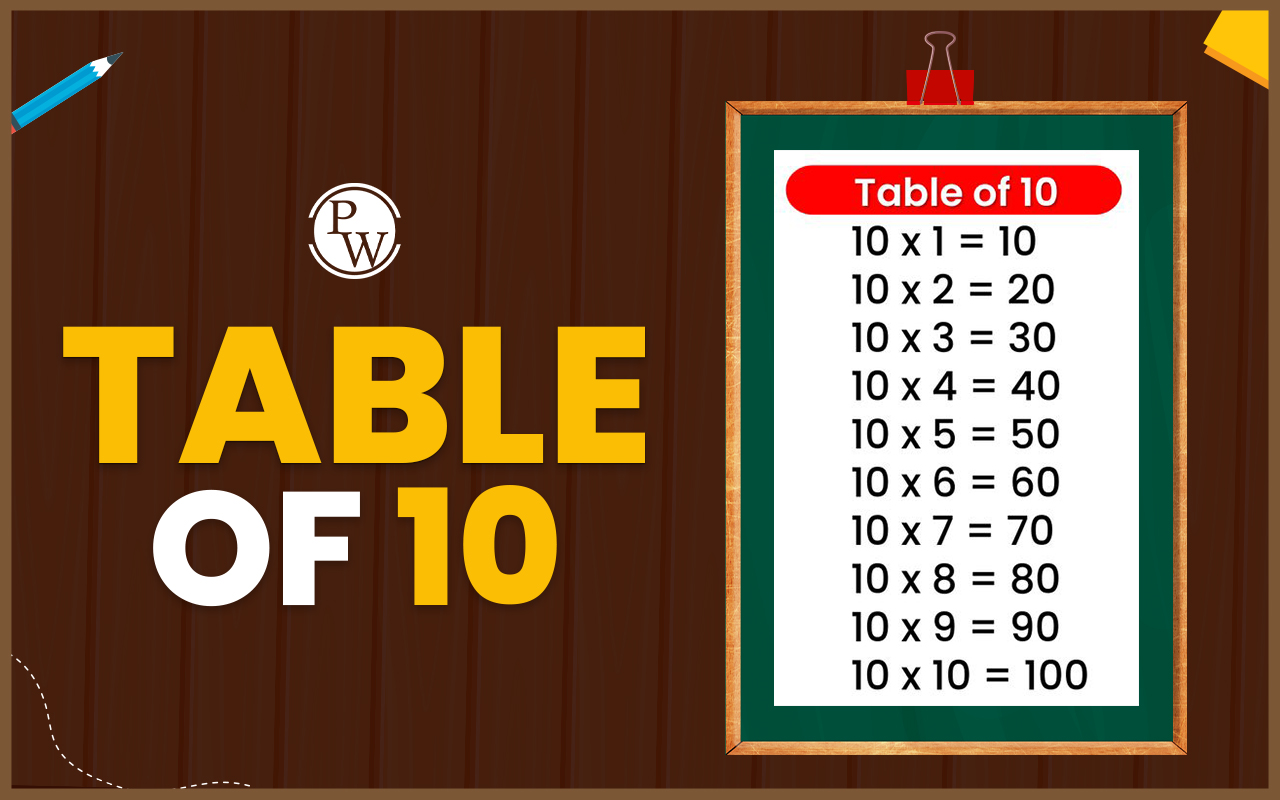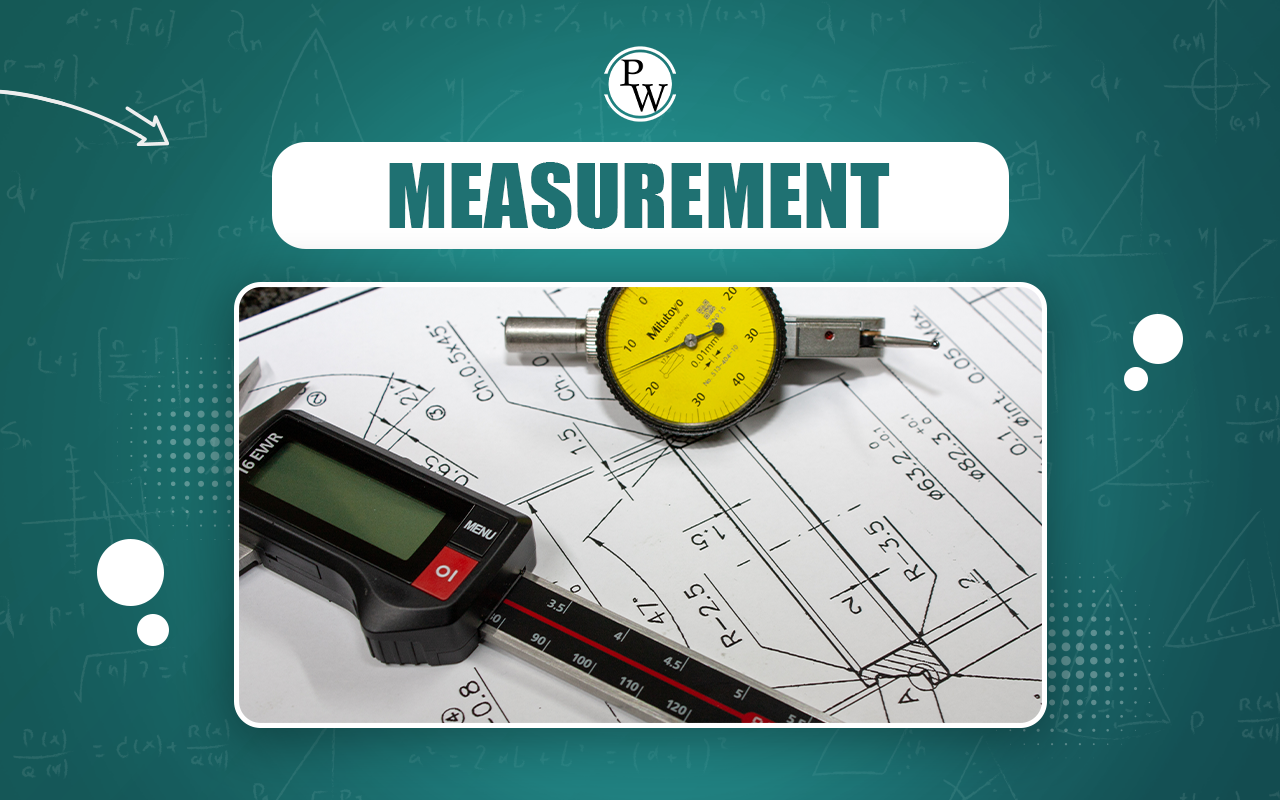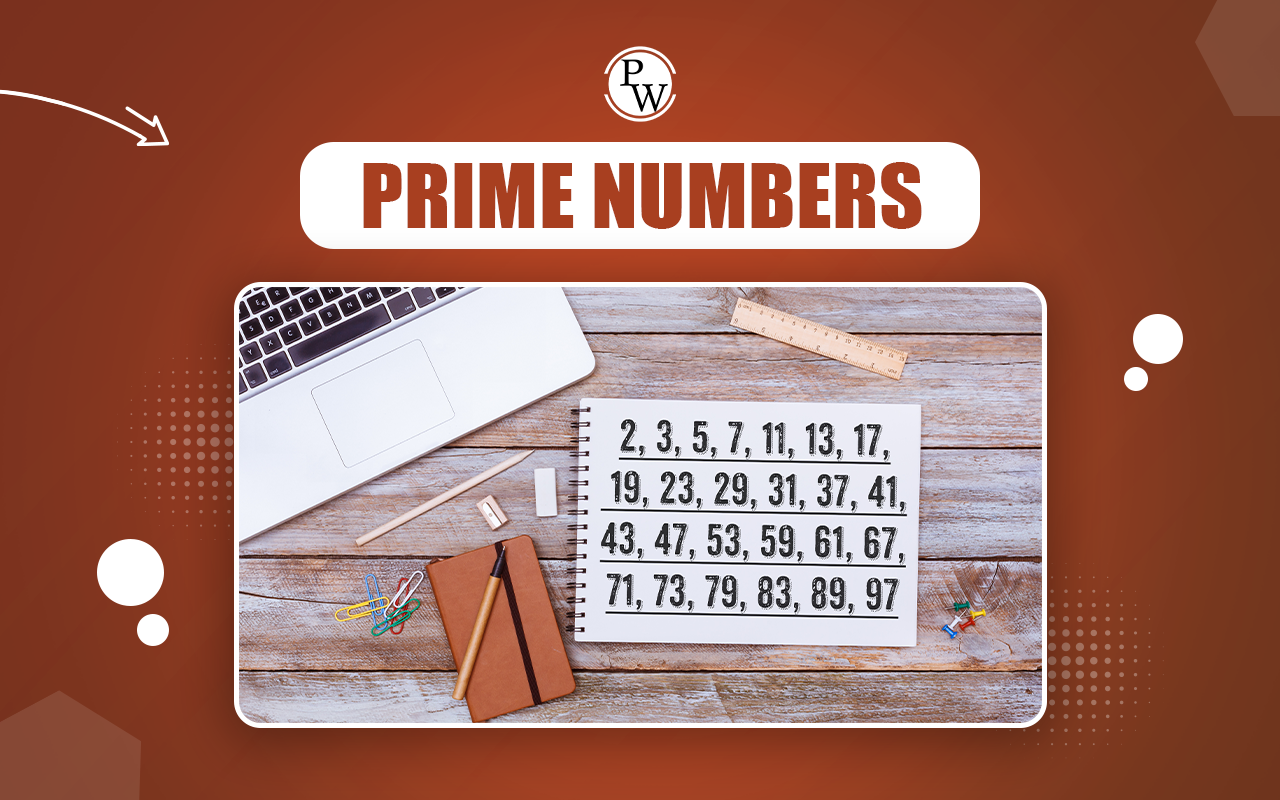
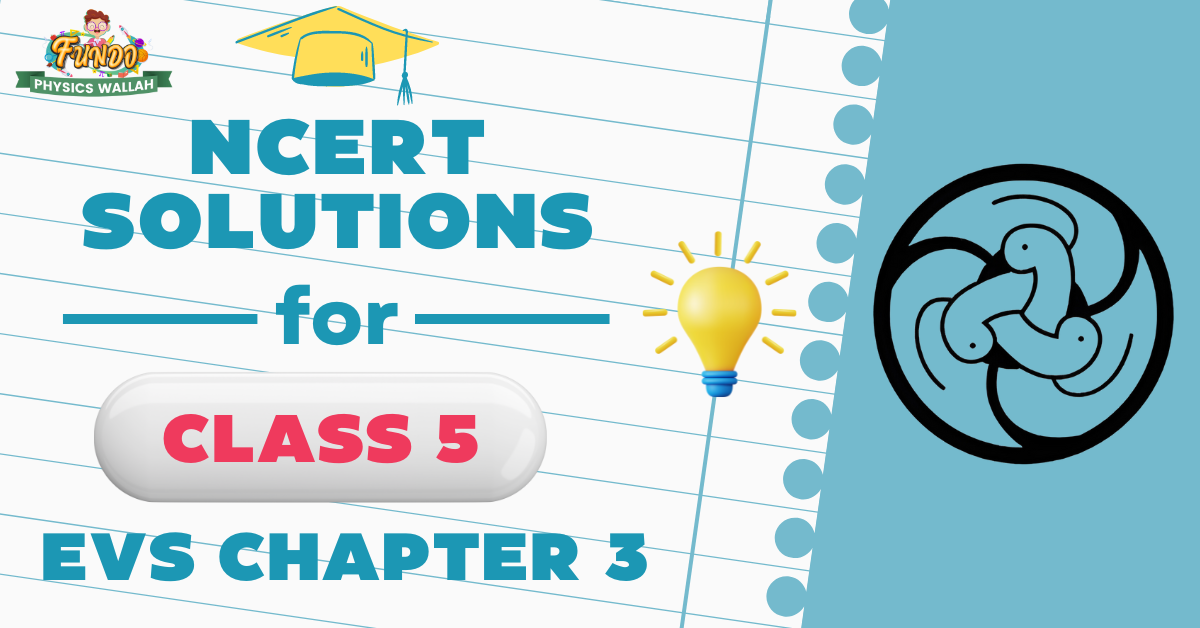
NCERT Solutions for Class 5 EVS Chapter 3
NCERT Solutions for Class 5 EVS Chapter 3: The third chapter of Class 5 EVS, "From Tasting to Digesting," plays a crucial role in enhancing students' understanding of the human digestive system. The complexities of this chapter are simplified with the expertly crafted NCERT solutions by the knowledgeable faculty at Physics Wallah. For students aiming for excellence in their exams, engaging deeply with the exercises from the NCERT Class 5 EVS textbook is essential. Encountering challenges while tackling these exercises is typical, and thus, Physics Wallah provides tailor-made NCERT Solutions for Class 5 Chapter 3, in alignment with the CBSE syllabus, to help students overcome their academic challenges.NCERT Solutions for Class 5 EVS Chapter 3 Overview
Physics Wallah's NCERT Solutions for Class 5 EVS Chapter 3, "From Tasting to Digesting," facilitates a smooth journey through the wonders of the digestive system for students. These solutions lay a strong foundation for each concept, ensuring a comprehensive understanding right from the beginning. The detailed examples in the PDF resources elevate students' confidence in all areas of study.NCERT Solutions for Class 5 EVS Chapter 3 PDF Download
PW is committed to making the learning process both engaging and simple. With NCERT Solutions for Class 5 EVS, Maths, English, and Hindi easily accessible, mastering these subjects becomes much more feasible. Specifically, the solutions for "From Tasting to Digesting" in the Class 5 EVS book are designed to encourage effortless comprehension. Students are advised to explore the textbook concepts and then solidify their understanding with the provided solved examples. For any arising queries, the feature to submit questions via the chat box on PW's platform offers additional support, further enriching the learning experience.NCERT Solutions for Class 5 EVS Chapter 3 From Tasting to Digesting
Here are the NCERT Solutions for Class 5 EVS Chapter 3 "From Tasting to Digesting," presenting clear, step-by-step explanations. These solutions are highly valued by Class 5 students, serving as an indispensable resource for completing homework efficiently and excelling in exams. All questions and answers from the NCERT Book for Class 5 EVS Chapter 3 are available here for free. Rest assured, all Class 5 EVS NCERT Solutions are created by educational experts, guaranteeing 100% accuracy and easy comprehension.Related Links -
NCERT Solutions for Class 4 EVS Chapter 3: Discuss and write
Discuss and write Q1. Jhoolan’s mout h started watering when she heard the word imli. When does your mouth water? List five things you like to eat and describe their taste. A1. Your mouth waters when you think about yummy things like tamarind (imli). If I talk about what makes my mouth water, I'd say chocolates because they are sweet, ice cream which is also sweet, chips that are salty, pickles that are a mix of salty and spicy, and lemon because it's sour.| Items | Taste |
| Chocolates | Because they are sweet, |
| Ice cream | Because it is also sweet, |
| Chips | They are salty |
| Pickles | A mix of salty and spicy |
| Lemon | Sour |
NCERT Solutions for Class 4 EVS Chapter 3: Close Your Eyes and Tell
Close your eyes and tell
Collect a few food items having different kinds of tastes. Play a game with your friends like Jhumpa and Jhoolan did. Tell your friend to taste the food and ask Q1. How did it taste? What was the food item? A1. The food was chocolates, and they tasted sweet. Q2. On which part of the tongue could you get the most taste? A2. You taste the most at the front part of your tongue because that's where the food touches first. Q3. Which taste could be made out on which part of the tongue? Mark these parts on the picture given.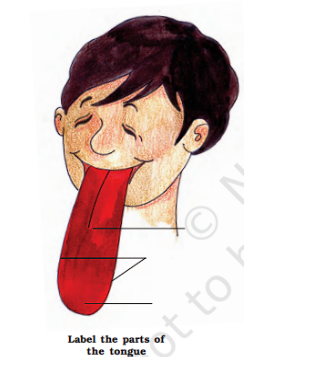 A3.
Different parts of the tongue are good at tasting different things like sweet, sour, salty, and bitter.
A3.
Different parts of the tongue are good at tasting different things like sweet, sour, salty, and bitter.
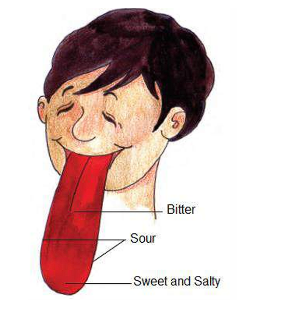 Q4. One at a time, put some things to eat in other parts of your mouth – under the tongue, on the lips, on the roof of the mouth. Did you get any taste there?
A4.
No, we can't taste things with parts of the mouth like under the tongue or the roof of the mouth as well as we can with our tongue.
Q5. Use a clean cloth to wipe the front part of your tongue so that it is dry. Put some sugar or jaggery there. Could you taste anything? Why did this happen?
A5.
No, I couldn't taste sugar or jaggery on my dry tongue because saliva (spit) helps us taste, and my tongue was dry.
Q6. Stand in front of a mirror and look closely at your tongue. How does the surface look? Can you see any tiny bumps on the surface?
A6.
The tongue looks rough and has tiny bumps on it, which help us taste things.
Q4. One at a time, put some things to eat in other parts of your mouth – under the tongue, on the lips, on the roof of the mouth. Did you get any taste there?
A4.
No, we can't taste things with parts of the mouth like under the tongue or the roof of the mouth as well as we can with our tongue.
Q5. Use a clean cloth to wipe the front part of your tongue so that it is dry. Put some sugar or jaggery there. Could you taste anything? Why did this happen?
A5.
No, I couldn't taste sugar or jaggery on my dry tongue because saliva (spit) helps us taste, and my tongue was dry.
Q6. Stand in front of a mirror and look closely at your tongue. How does the surface look? Can you see any tiny bumps on the surface?
A6.
The tongue looks rough and has tiny bumps on it, which help us taste things.
NCERT Solutions for Class 4 EVS Chapter 3: Tell
Q1. If someone asks you to describe the taste of amla or cucumber, you might find it difficult to explain. How would you describe the taste of these – tomato, onion, saunf, garlic? Think of words that you know or make up your own words to describe the taste.A1.
| Items | Taste |
| Tomato | Sour |
| Onion | Pungent |
| Saunf | Sweet |
| Garlic | Bitter & Pungent |
NCERT Solutions for Class 4 EVS Chapter 3: Chew it or chew it well: what’s the difference?
Chew it or chew it well: what’s the difference? Try this together in class. Q1. Each of you take a piece of bread or roti or some cooked rice. Put it in your mouth, chew three to four times and swallow it. Did the taste change as you chewed it? A1: No, the taste stayed the same even after chewing it three or four times." Q2: Now take another piece of some rice and chew it thirty to thirty-two times. Was there any change in the taste after chewing so many times? A2: Yes, there's a change! After chewing it so many times, the food starts to taste sweet."NCERT Solutions for Class 4 EVS Chapter 3: Discuss
Discuss Q1. Has anyone at home told you to eat slowly and to chew well so that the food digests properly? Why do you think they say this? Answer: Yes, my mom always tells me to eat slowly and chew my food carefully. It probably helps make the food easier to swallow and helps it digest better in my stomach. Q2. Imagine you are eating something hard, like a green guava. What kinds of changes take place in it–from the time you bite a piece and put it in your mouth to when you swallow it? Answer: When I first bite into a guava, it's pretty hard and even tastes a bit bitter. But as I keep chewing, it gets softer and starts to taste sweeter. Q3. Think about what the saliva does in our mouth. Answer: Saliva mixes up with the food in my mouth, making the food soft and easier to digest.NCERT Solutions for Class 4 EVS Chapter 3: Straight From Heart
Straight from the heart Q1. Where do you think the food must be going after you put it in your mouth and swallow it? In the picture given here, draw the path of the food through your body. Share your picture with your friends. Do all of you have similar pictures?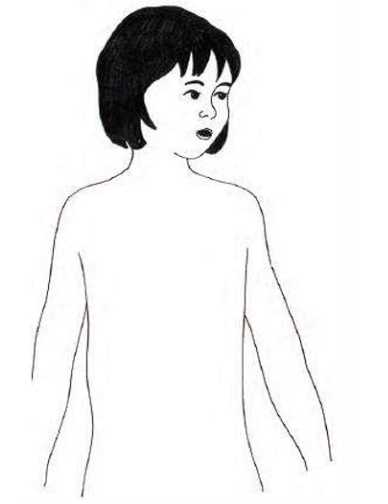 A1:
Yes we all have similar picture
A1:
Yes we all have similar picture
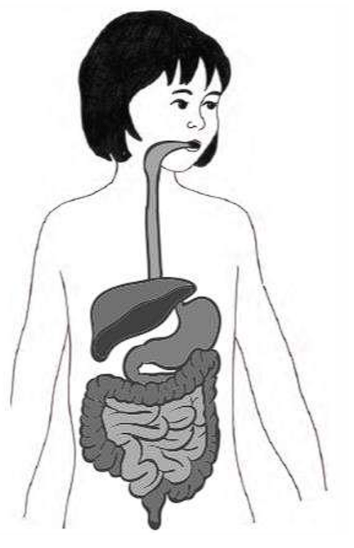
NCERT Solutions for Class 4 EVS Chapter 3: Discuss
Discuss Q1. How do you feel when you are very hungry? How would you describe it? For example, sometimes we jokingly say, “I am so hungry I could eat an elephant!” Answer: When I'm super hungry, I start feeling a little dizzy and get this funny, tingly feeling in my belly. It makes me want to eat something right away. Q2. How do you come to know that you are hungry? Answer: I know I'm hungry when I really feel like I need to eat something, like there's this big urge inside telling me it's time to munch. Q3. Think what would happen if you do not eat anything for two days. Answer: If I didn't eat for two days, I'd probably start feeling really weak and might even get sick. Q4. Would you be able to manage without drinking water for two days? Where do you think the water that we drink goes? Answer: No way, I couldn't go without water for two days. The water we drink travels to every part of our body to help with all the body's work. Then, our body gets rid of some of the water through sweat and going to the bathroom.NCERT Solutions for Class 4 EVS Chapter 3: Talk And Discuss
Talk and Discuss Q1. Do you remember that in Class IV you made a solution of sugar and salt? Nitu’s father also made this and gave her. Why do you think this is given to someone who has vomiting and loose motions? Answer: If someone's throwing up a lot or has diarrhea, drinking sugar and salt mixed in water helps stop them from losing too much water from their body. It's like a magic potion to keep them hydrated. Q2. Have you heard the word ‘glucose’ or seen it written anywhere? Where? Answer: Yes, I've seen 'glucose' written on packets at the store and in TV ads. It's like a famous word that shows up a lot. Q3. Have you ever tasted glucose? How does it taste? Tell your friends. Answer: Yep, I've tasted glucose before, and it's super sweet, almost like eating a spoonful of sugar! Q4. Have you or anyone in your family been given a glucose drip? When and why? Tell the class about it. Answer: Sure, one of my family members got glucose through a drip when they were really sick in the hospital. The doctor said it would help them get their strength back quicker. Q5. Nitu’s teacher used to tell the girls to have glucose while playing hockey. Why do you think she did this? Answer: Nitu's teacher told them to have glucose because it's like a quick energy booster. It helps you run faster and play better without getting tired too quickly. Q6. Look at Nitu’s picture and describe what is happening. How is the glucose drip being given? In the photo, Nitu is shown receiving a glucose drip. There's a bottle containing glucose connected to a tube and needle, which delivers the glucose directly into her body.
In the photo, Nitu is shown receiving a glucose drip. There's a bottle containing glucose connected to a tube and needle, which delivers the glucose directly into her body.
NCERT Solutions for Class 4 EVS Chapter 3: Discuss
Discuss Q1. Why do you think Rashmi could eat only one roti in the whole day? Answer: Rashmi could only have one roti throughout the day because she comes from a family that doesn't have much money for food, so that was all she had to eat. Q2. Do you think Kailash would like games and sports? Answer: Kailash doesn’t seem to like sports and games. His body is a bit chubby and soft, which suggests he might not be very active or interested in physical activities. Q3. What do you understand by ‘proper’ food? Answer: 'Proper' food means eating meals that are full of nutrients and proteins that our bodies need to work well. Q4. Why do you think that the food of Rashmi and Kailash was not proper? Answer: Rashmi’s food isn’t enough because she doesn’t get to eat much, while Kailash eats too much fast food like chips, pizza, and burgers, which isn't good for health. This means their diets aren't suitable for their health.NCERT Solutions for Class 4 EVS Chapter 3: Find Out
Find out Q1. Talk with your grandparents or elderly people and find out what they ate and what work they did when they were of your age. Now think about yourself – your daily activities and daily diet. Are these similar or different from what your grandparents did and ate? Answer: When I talked with my grandparents, they said when they were my age, they ate lots of dal, green veggies, milk, and fresh fruit. They also moved around a lot more, walking two miles to school and playing lots of outdoor games that kept them active. But things aren't quite the same for me. I do eat fruits and veggies like they did, but I also eat a bunch of junk food. Instead of walking, I take the bus to school, and most of the time, instead of running around outside, I'm inside playing games or watching TV, which means I'm not moving around much. So, some stuff I do and eat is kind of like what my grandparents did, but a lot of it is pretty different.NCERT Solutions for Class 4 EVS Chapter 3: Think and Discuss
Think and discuss Q1. Do you know any child who does not get enough to eat in the whole day? What are the reasons for this? Answer: Yeah, I know some kids who don't get to eat enough throughout the day. It's because they come from families that don't have enough money to buy plenty of food for every meal. Q2. Have you ever seen a godown where a lot of grain has been stored? Where? Answer: Yes, I've seen a big storage space, kind of like a giant closet, but for grains, and it was at a market. It had lots and lots of grains stored in there.NCERT Solutions for Class 4 EVS Chapter 3: What We Have Learnt
What we have learnt Q1. Why can you not taste food properly when you have a cold? Answer: When you catch a cold, your nose gets all stuffed up, making it hard to smell or taste things properly. That's why food seems to have no taste when you're sick. Q2. If we were to say that “digestion begins in the mouth”, how would you explain this? Write. Answer: Inside your mouth, you have these tiny helpers called salivary glands that make saliva. This saliva isn't just spit; it has special stuff in it that starts breaking down the food, especially the sugary parts, making them simpler. So, that's why they say the whole process of digestion begins right in your mouth.Importance of NCERT Solutions for Class 5 EVS Chapter 3
In Class 5, 'From Tasting to Digesting' chapter from EVS offers a captivating journey through the human digestive system. This chapter introduces young learners to the complexities of how our body processes food, blending scientific knowledge with everyday experiences. Engaging with this content and the exercises that accompany it is crucial for a well-rounded education. The NCERT solutions, crafted with precision by educational experts, provide students a definitive guide on exploring and understanding these processes in depth. These solutions aid in delivering precise responses to exercise questions and promote an elaborate comprehension. By adopting these structured methods, students enhance their understanding of the science behind digestion, which bolsters their analytical abilities and nurtures a curiosity about human biology and health.Benefits of NCERT Solutions for Class 5 EVS Chapter 3
NCERT Solutions for Class 5 EVS Chapter 3, "From Tasting to Digesting," are an essential resource for students seeking to grasp the intricacies of the digestive system and its significance. The benefits of these solutions include:- Scientific Insight: This chapter delves into the digestive system, offering students a scientific perspective on a fundamental biological process. The solutions enrich their knowledge of human physiology.
- Health Consciousness: Through these solutions, students learn about the importance of nutrition and the role of different foods in our health, fostering awareness about healthy eating habits.
- Analytical Thinking Development: The detailed explanations encourage learners to reflect on the content, promoting analytical thinking. They become adept at understanding complex biological concepts and their applications.
- Confidence in Assessments: With comprehensive coverage of critical questions, these solutions boost students' confidence, equipping them to perform well in exams and handle related questions with ease.
- Clarifying Doubts: Any confusion regarding the digestive process or related queries are addressed, ensuring students have a clear understanding of the subject matter.
- Interactive Learning Experience: Various educational platforms offer these solutions with added features like illustrations and interactive activities, making learning enjoyable and fostering a deeper understanding.
- Curriculum Compatibility: These solutions are designed to match educational standards and the curriculum, preparing students adequately for academic challenges and ensuring their knowledge is up-to-date with the environmental studies syllabus.
NCERT Solutions for Class 5 EVS Chapter 3 FAQs
What does 'From Tasting to Digesting' explain?
It illustrates the fascinating process of how our body breaks down food, from the first taste to complete digestion.
How do the NCERT solutions help students understand the digestive system?
The solutions provide clear and step-by-step explanations that make understanding the digestive system easy for Class 5 students.
Why is it important for students to learn about digestion in EVS?
Learning about digestion helps students appreciate how our bodies use food to get energy and stay healthy.
How does Physics Wallah support learning for Class 5 EVS students?
Physics Wallah offers comprehensive resources, including simplified explanations, interactive worksheets, and a platform to ask questions for enhanced learning.
Talk to a counsellorHave doubts? Our support team will be happy to assist you!

Free Learning Resources
PW Books
Notes (Class 10-12)
PW Study Materials
Notes (Class 6-9)
Ncert Solutions
Govt Exams
Class 6th to 12th Online Courses
Govt Job Exams Courses
UPSC Coaching
Defence Exam Coaching
Gate Exam Coaching
Other Exams
Know about Physics Wallah
Physics Wallah is an Indian edtech platform that provides accessible & comprehensive learning experiences to students from Class 6th to postgraduate level. We also provide extensive NCERT solutions, sample paper, NEET, JEE Mains, BITSAT previous year papers & more such resources to students. Physics Wallah also caters to over 3.5 million registered students and over 78 lakh+ Youtube subscribers with 4.8 rating on its app.
We Stand Out because
We provide students with intensive courses with India’s qualified & experienced faculties & mentors. PW strives to make the learning experience comprehensive and accessible for students of all sections of society. We believe in empowering every single student who couldn't dream of a good career in engineering and medical field earlier.
Our Key Focus Areas
Physics Wallah's main focus is to make the learning experience as economical as possible for all students. With our affordable courses like Lakshya, Udaan and Arjuna and many others, we have been able to provide a platform for lakhs of aspirants. From providing Chemistry, Maths, Physics formula to giving e-books of eminent authors like RD Sharma, RS Aggarwal and Lakhmir Singh, PW focuses on every single student's need for preparation.
What Makes Us Different
Physics Wallah strives to develop a comprehensive pedagogical structure for students, where they get a state-of-the-art learning experience with study material and resources. Apart from catering students preparing for JEE Mains and NEET, PW also provides study material for each state board like Uttar Pradesh, Bihar, and others
Copyright © 2025 Physicswallah Limited All rights reserved.
